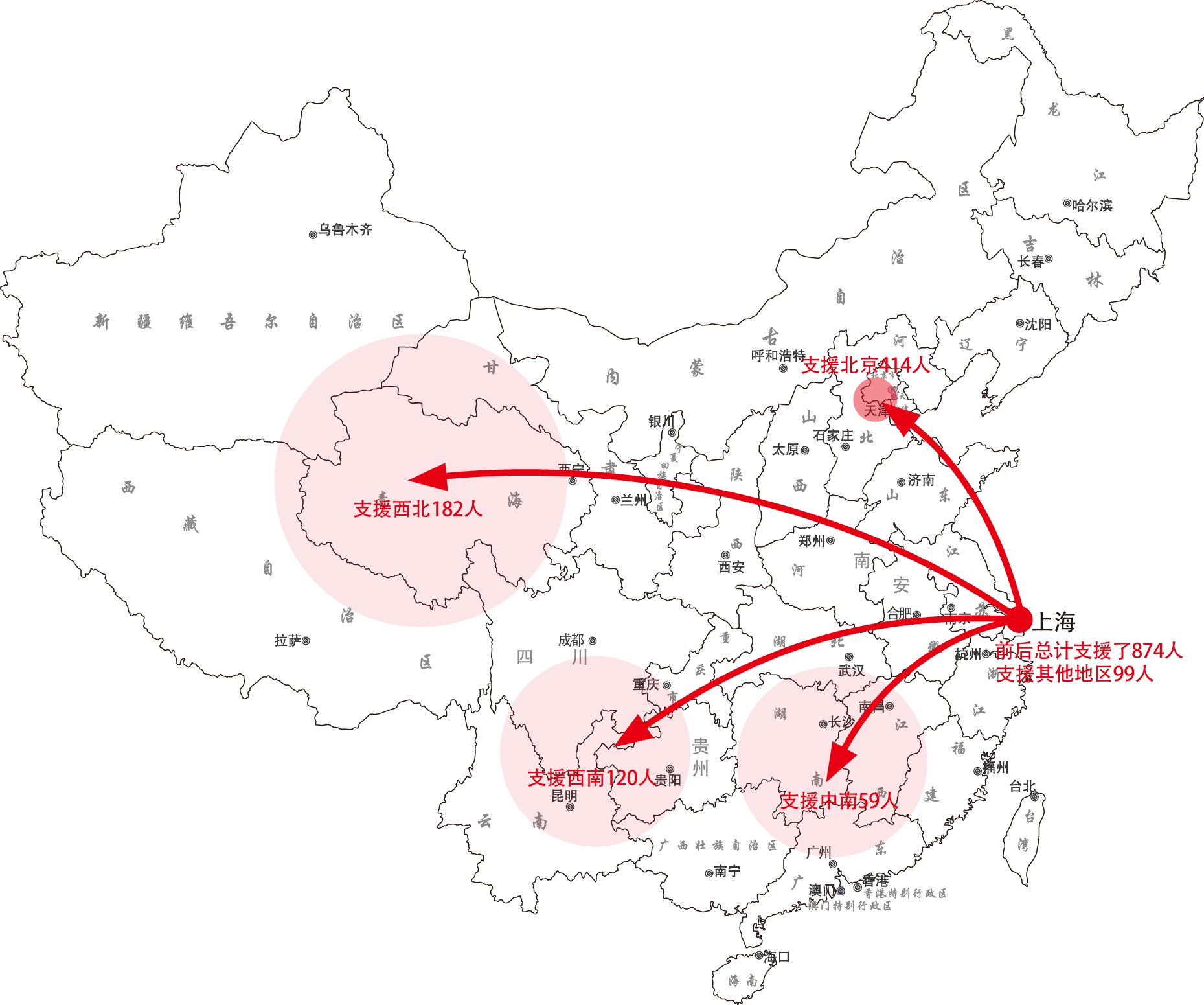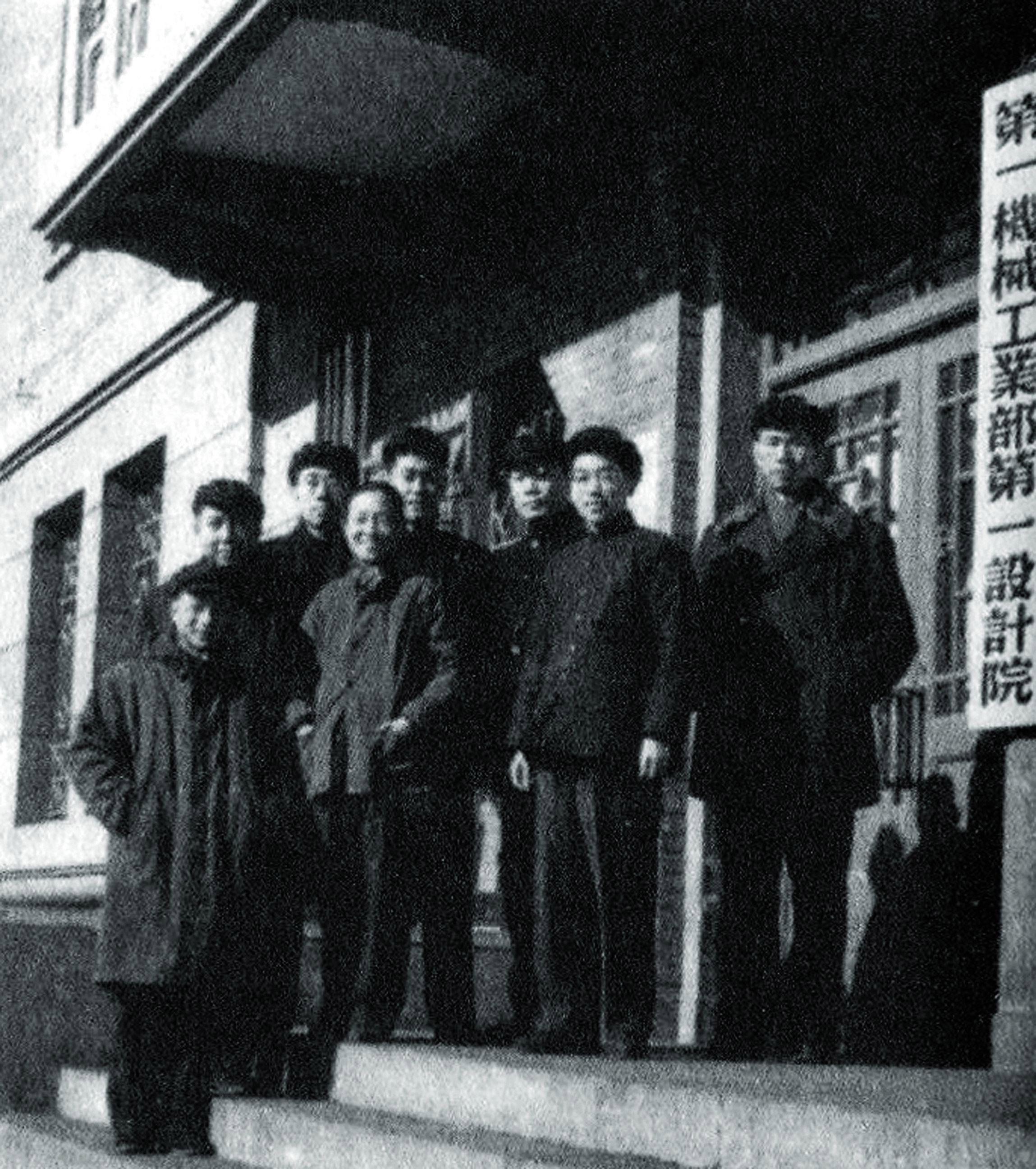In 1950s, the “Two Institutes” also undertook many inland key construction projects and national defense projects, e.g., Changchun FAW, Shenyang Heavy Machinery Plant, Changchun Passenger Car Works, projects of Institute of Physics and Chemistry of Shanghai Branch of Chinese Academy of Sciences and the “604” Project. In early 1953, the East China Institute began to mobilize staff to do site design in Northeast and East China areas. Most of the projects were national defense industry and military projects such as the naval base in Qingdao, Shandong, military airports in Zhejiang and Fujian.
At the same time, the East China Institute dispatched many technicians to support inland construction. Between 1954 and 1956, it dispatched many managers and technicians to do the support, of which, 414 people went to Beijing, 182 to Northwest China, 120 to Southwest China, 59 to South and Central China and 99 to other parts of the country. A considerable part of these people took leading position in architectural design institutes in Beijing, Northwest China, Southwest China and South and Central China. The Survey Room of the Institute also supported other regions of China and staff stayed in Shanghai established the Shanghai Survey Station (the predecessor of today’s Shanghai Investigation Institute).
In 1964, to develop the “third-tier” cities in China, the “Two Institutes” dispatched survey and design personnel in working groups to border areas to do constructions in the “third tier” regions and rear base of Shanghai. They did site design and completed a few important projects. In 1964, the East China Institute, together with Mechanical and Electrical Design Institute, sent elite staff to Zunyi, Guizhou and established the “comprehensive Two Institutes”. Since 1965, the Shanghai Institute has been organizing special integrated survey and design teams to work on engineering projects in the mountainous areas in the Anhui and Jiangxi provinces.


Staff promoted for construction, 1956

Staff dispatched to the First Machinery Industry Ministry, 1956
